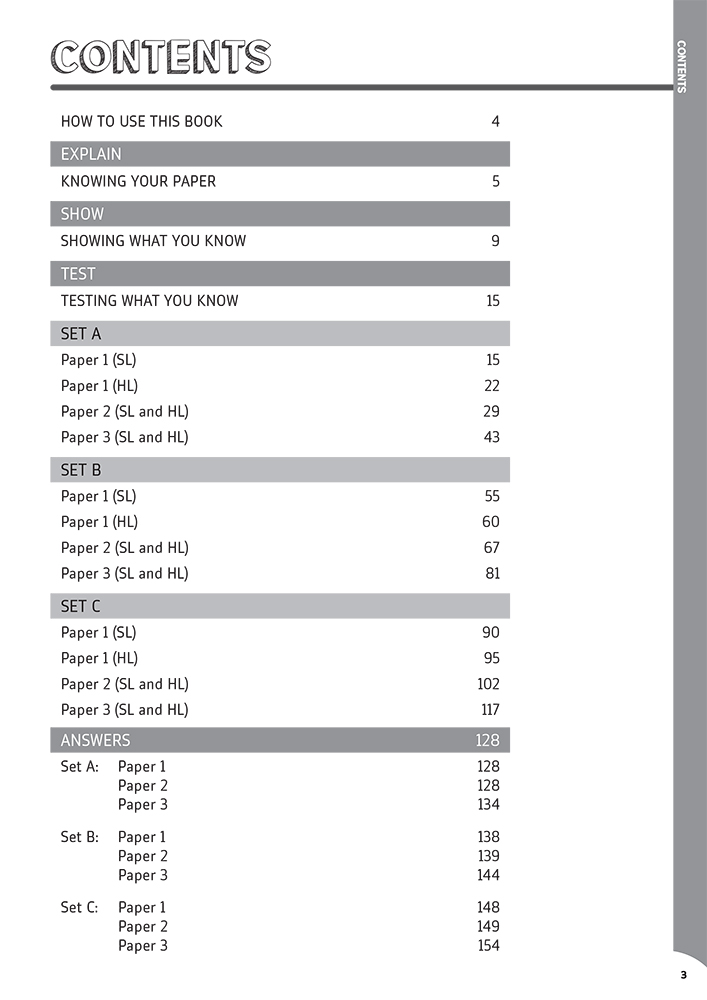


Motor abilities (movement and performance) Decision making decide what to do - muscles then need to carry out the required movement. Recognition and interpretation relies on previous experience and memory of that experience.ģ. whether the ball is spinning or not, what the flight path of the shuttle is, whether there is a gap in the defence which can be exploited.Ģ. to perceive it, interpret it and identify elements in it which are important, for eg. You make sense of the information you receive from the environment ie.
#I B SPORTS HOW TO#
Way in which we notice significant things that are happening around us and how quickly and effectively we make decisions about how to deal with them.ġ. Interactive: skills performed where others are directly involved, such as game sports like rugby or footballĪbility refers to a general train or capacity of the individual that is related to the performance and performance potential of a variety of skills or tasks.Coactive: skills that may be performed in unison with other competitors, but do not involve direct confrontation or contact, eg.Individual: skills performed in isolation, like a high jump.Internally paced: performer dictates the rate of speed that the skills are performed, often comprise of closed skills (javelin throw).Externally paced: the environment (including opponents) control the pace at which the skill is executed, these factors will affect the performance and must be taken into account by the performer.Continuous: has no obvious beginning or end, actions are repeated in a cyclical form, such as running, can be stopped throughout the performance.Serial: a sequence of discrete skills joined together to create a greater movement, such as a triple jump.Single, specific actions such as a penalty kick Discrete: brief and defined actions that have a definitive start and end to their movement.Closed: performed in a stationary environment, and it highly controlled by the individual, who dictates the initiation.Open: a skill performed in an unstable environment, where the environmental stimuli determines the initiation of the movement.Fine: small and intricate movements, using small muscles often at the extremities such as fingers, toes, wrists and tongues.Gross: large movements using large muscles or involving whole muscle groups movements such as rolling over, kicking, flipping.5.1.4 Compare skills profiles for contrasting sports


 0 kommentar(er)
0 kommentar(er)
